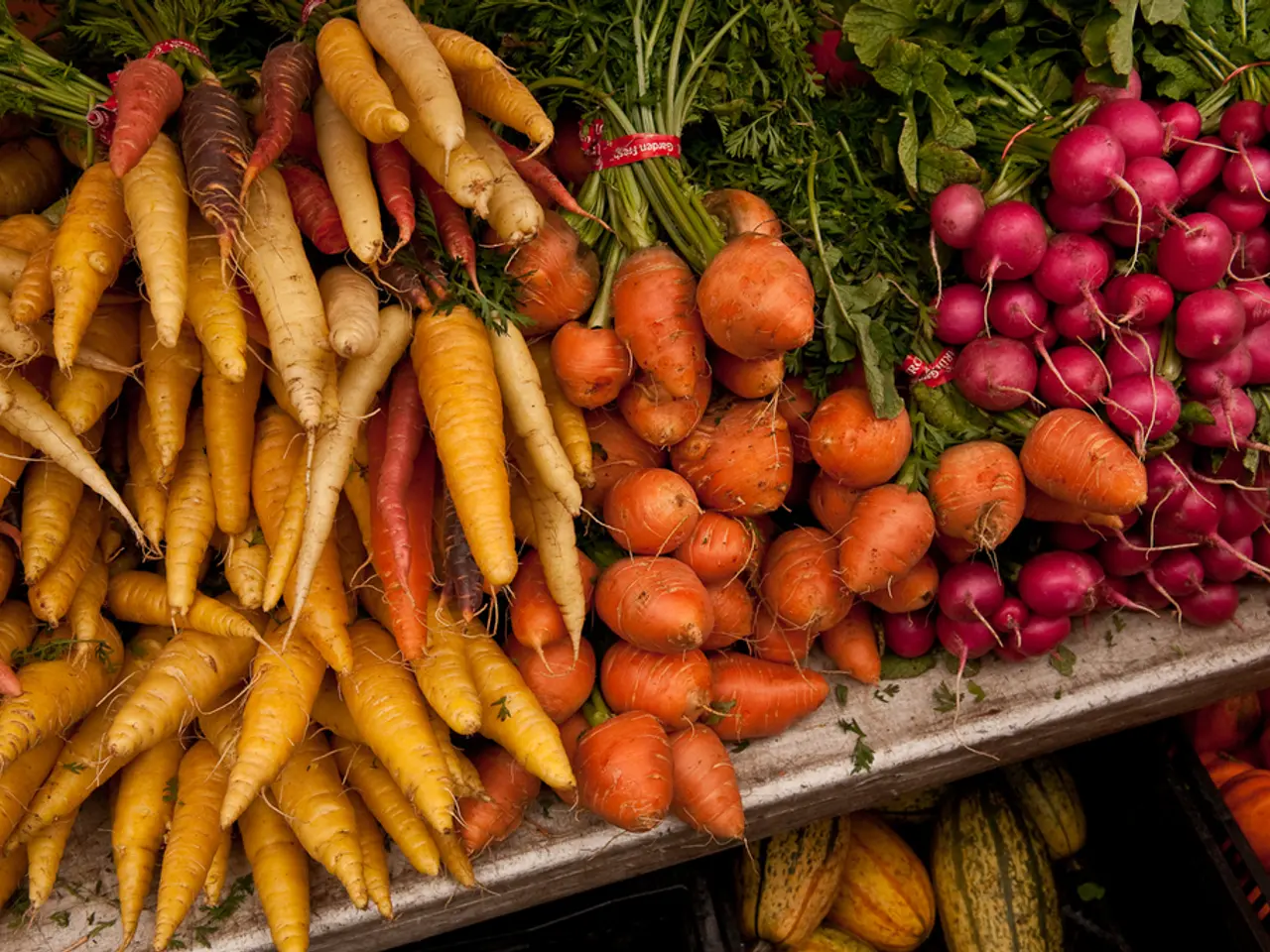Gardening tasks for November: Ensure you don't overlook these vital actions to be done promptly
November is upon us, marking the start of the gardening year. This month offers a unique opportunity to prepare your garden for the winter months and set the stage for a vibrant spring display.
One of the key tasks for November is the planting of spring-blooming bulbs such as tulips, daffodils, crocuses, and alliums. The ideal soil temperature for tulip planting is below 60°F (15°C), often in November for many zones, at a depth about three times the bulb height in well-draining soil. Daffodils can be planted a bit earlier but can still find a home in the fall. Planting a mix of these bulbs extends the bloom season in spring from early to late.
In addition to bulb planting, there are several other garden care tasks to consider. Mulching and watering perennials helps protect roots during the cold months. Deadheading remaining annuals and perennials encourages late growth. Moving tender plants indoors or to a greenhouse protects them from frost. Continue lawn care such as aeration and winter feeding to ensure a lush lawn in the spring.
November is also the perfect time to attend to fruit trees. Check stakes, weed around the base, add organic mulch, and avoid rotting the trunk by leaving a gap between the mulch and the trunk. Harvest and store remaining produce like potatoes, pumpkins, squashes, and certain salad leaves. Kale, whose flavor improves as the temperatures drop, can be harvested in November, but watch for whitefly if you prefer organic gardening.
Expanding your fruit bush stock is another important task. Propagate currants by taking hardwood cuttings and gooseberries by layering. Apples and pears should not be touching, and potatoes must be kept dry for good ventilation. Learn how to prune apple and pear trees to maintain their health.
Don't forget to check your garden tools for maintenance. Clean dirt and rust off metal parts with a wire brush, sharpen secateurs and other blades, and rub linseed oil into wooden handles.
Lastly, making your own leaf mould can be simple and valuable. Collect leaves together in a corner, cover with a tarpaulin, and leave to break down for a year or so. This homemade leaf mould can be used as a mulch, soil conditioner, or growing medium.
By following these tips, you can ensure a healthy winter garden and vibrant spring blooms. Keep an eye on stored crops for signs of rot and decay, and check that they are safe from marauding rodents. Clear foliage from Jerusalem artichokes and cut stems down to the ground. Check netting on brassicas to protect them from pigeons. Stake winter vegetables like broad beans, kale, and Brussels sprouts for wind protection.
Remember, there are two schools of thought regarding the sowing of broad beans, with some preferring to sow in spring and others in autumn. Kale can be used in various dishes: As a side dish, in stews or soups, and even in smoothies. Find the best places to buy seeds online to prepare for next year's garden.
Embrace November, and let's get gardening!
- In preparation for a vibrant spring display, plant spring-blooming bulbs like tulips, daffodils, crocuses, and alliums in well-draining soil, ensuring the soil temperature is below 60°F (15°C) for tulip planting.
- There are other essential garden care tasks to attend to in November, such as mulching and watering perennials, deadheading remaining annuals and perennials, and moving tender plants indoors or to a greenhouse.
- Don't forget to expand your fruit bush stock by propagating currants, gooseberries, and learning how to prune apple and pear trees, while also staking winter vegetables like kale, broad beans, and Brussels sprouts for wind protection.




